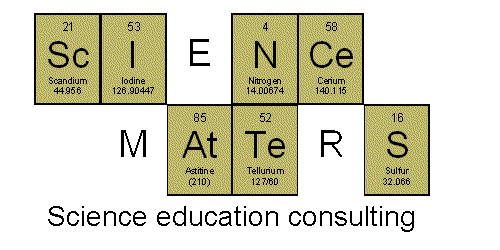This is really just another way to get your students to practice measuring and calculating density. But, it involves the use of candy, so it's more interesting than your run-of-the-mill density calculation.
The original version of this activity uses Whoppers, Lemon Heads and jelly beans. You could certainly modify that to use whatever you have available and/or is on sale. However, you will want to make sure you have a variety of densities present in your candy selection. The Whoppers are nice, because they will float.
You'll want students to use 3 pieces of each candy, so they can average their data. (This could be done in groups, to save time and candy usage).
First have students find the mass of each piece of candy. Then they'll find the volume via water displacement. Because the Whopper floats, they'll need to use the tip of a pencil to push it down, so it's just below the water surface. Finally, they can calculate the density.
If you wish to take it a step further....
After calculating the density of individual pieces of candy, have them calculate the density of all three pieces at the same time. The mass and the volume will each be lager than they were for the individual pieces, but the density will remain the same (assuming all measurements and calculations are made accurately). It's a good opportunity to remind students that density is an intensive property, not dependent upon the amount present. And, by making it a hands-on reminder, your students are more likely to remember it!
Thursday, October 27, 2011
Subscribe to:
Post Comments (Atom)






Three Musketeers float, too, so those would probably work well. I wonder if the density would be easier to calculate for larger candies, since they would displace more water and you'd be better able to get a good volume measurement? At least when I do candy density in my kitchen, and all I'm using is a liquid measuring cup, I need to use quite a bit of candy to be accurate. Or do you use a graduated cylinder or something?
ReplyDeleteThere are definitely a lot of ideas out there! I had so much fun researching them.
ReplyDeleteGreat idea to teach calculation which is the most boring thing for students.
ReplyDelete